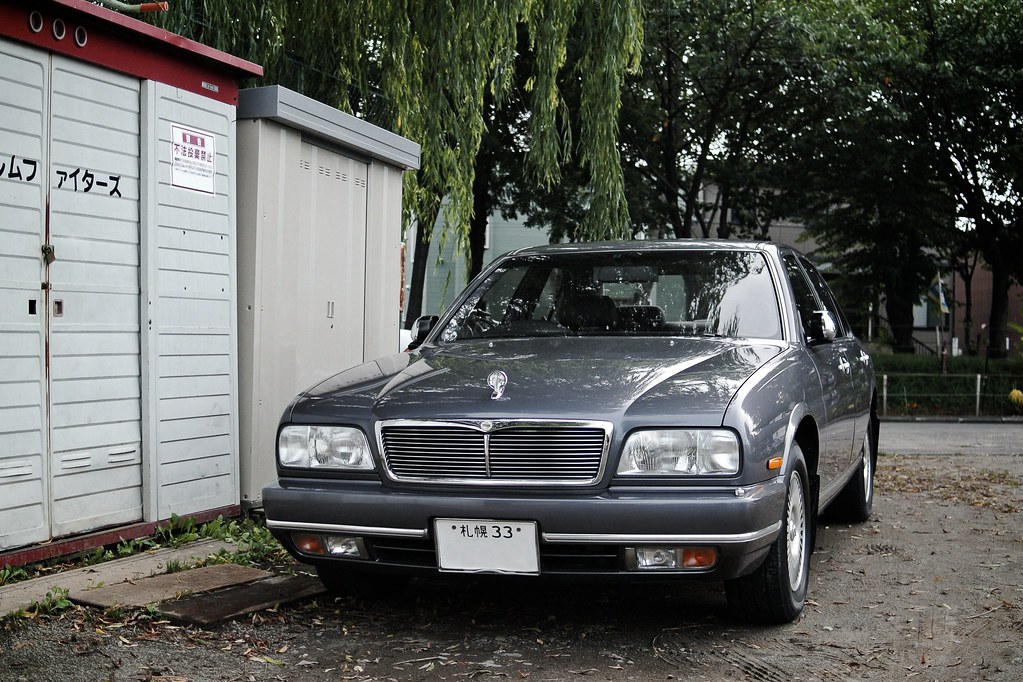
Owning a luxury car often represents the pinnacle of automotive aspirations for many enthusiasts and drivers. These vehicles are celebrated for their unparalleled performance, exceptional comfort, and the undeniable prestige they confer upon their owners. From the sleek lines of a BMW to the cutting-edge technology of a Tesla, or the refined elegance of a Mercedes-Benz, the allure is powerful, promising an experience far beyond the ordinary.
Yet, this dream of high-end vehicle ownership comes with a financial commitment that extends far beyond the showroom floor. What many prospective and even current owners don’t fully realize is the substantial, often surprising, cost associated with maintaining and repairing these engineering marvels. The luxury car repair cost can be downright shocking, transforming a cherished investment into a potential financial burden if one isn’t adequately prepared.
To navigate the true economics of luxury car ownership, it’s essential to understand the underlying factors that contribute to these elevated repair expenses. We will delve into twelve common reasons why luxury sedans, and indeed many high-end vehicles, command such significant outlays when it comes to service and repair. Let’s break down what makes expensive luxury car repairs so costly, offering a comprehensive look at the intricate mechanics, advanced technologies, and specialized services involved.
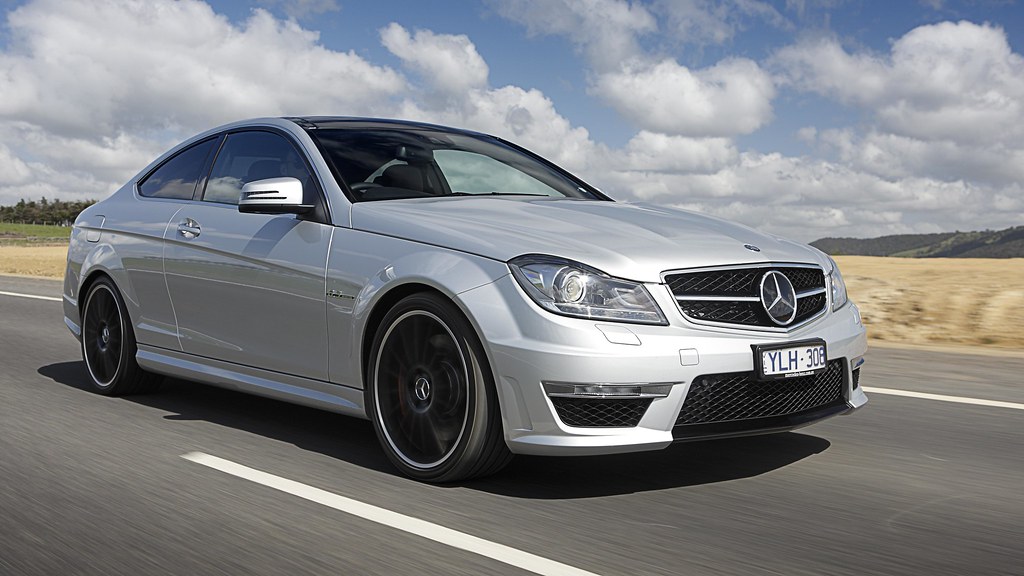
1. **Specialized and Proprietary Parts**
One of the most immediate and impactful reasons for the high cost of luxury car repairs lies in the specialized and often proprietary nature of their parts. Unlike mass-produced vehicles that share components across numerous models and brands, luxury vehicles frequently feature bespoke components. These parts are designed specifically for that model, ensuring optimal performance, aesthetics, and integration with the vehicle’s unique systems.
These are not just rare parts; they are often crafted from premium materials and incorporate advanced engineering. For instance, what might seem like a simple headlight on a Mercedes-Benz S-Class isn’t just a bulb; it’s an entire unit embedded with sensors and adaptive technology. Replacing such a component can quickly turn a seemingly minor repair into a hefty bill, serving as a stark reminder that even the smallest parts in a luxury vehicle can carry a significant price tag.
Many luxury brands, including Audi, Land Rover, Genesis, and Cadillac, utilize proprietary parts that are not shared with non-luxury counterparts. This exclusivity means that the luxury car parts costs are often double or triple the price of parts for a standard vehicle. For example, the air suspension repair cost for a Mercedes S-Class can exceed $2,000 per corner, reflecting the sophisticated design and premium materials involved.
Furthermore, essential components like high-performance engines typically found in luxury sedans are constructed from advanced materials such as forged aluminum, magnesium, or even titanium. While these materials contribute to better efficiency and power, they necessitate specialized parts for any repair or replacement. Similarly, a luxury hybrid battery replacement for vehicles like the Lexus RX Hybrid can range from $4,000 to $8,000, depending on its age and availability, underscoring the expense of advanced power train components.
Read more about: The F-22 Raptor’s Resurgence: A Deep Dive into America’s Evolving Stealth Super Fighter

2. **Highly Skilled and Certified Labor**
The intricate design and cutting-edge technology embedded in luxury vehicles demand a level of expertise that goes far beyond the average mechanic. These sophisticated systems require specialized knowledge to diagnose, repair, and recalibrate accurately. Consequently, a significant factor contributing to the high cost of luxury car repairs is the imperative for highly skilled and certified labor.
Technicians who work on luxury vehicles undergo extensive, manufacturer-specific training. This specialized training equips them with an in-depth understanding of the unique components, complex systems, and diagnostic procedures specific to brands like BMW, Audi, or Porsche. Without this brand-specific certification, a mechanic may not possess the nuanced knowledge required to properly service these vehicles, potentially leading to incorrect diagnoses or further damage.
Owners are therefore compelled to take their luxury vehicles to certified technicians or authorized dealerships, where personnel have received the requisite training and possess the specialized tools to perform repairs correctly. A colleague once faced an issue with his BMW 7 Series suspension; an initial attempt at a local garage proved unsuccessful due to a lack of specialized knowledge. The problem was only resolved after taking it to a specialist, albeit with a significant increase in the repair bill, highlighting the value—and cost—of expert hands.
This specialized expertise is not merely about mechanical prowess; it extends to understanding the intricate electronic, hydraulic, and pneumatic systems that define modern luxury. The need for such precise and informed labor means that general auto mechanics are often ill-equipped to handle the complexities, solidifying the role of certified specialists whose services naturally come at a premium.
Read more about: Diesel Durability Unveiled: 10 Engines That Redefine Longevity — And Those That Don’t
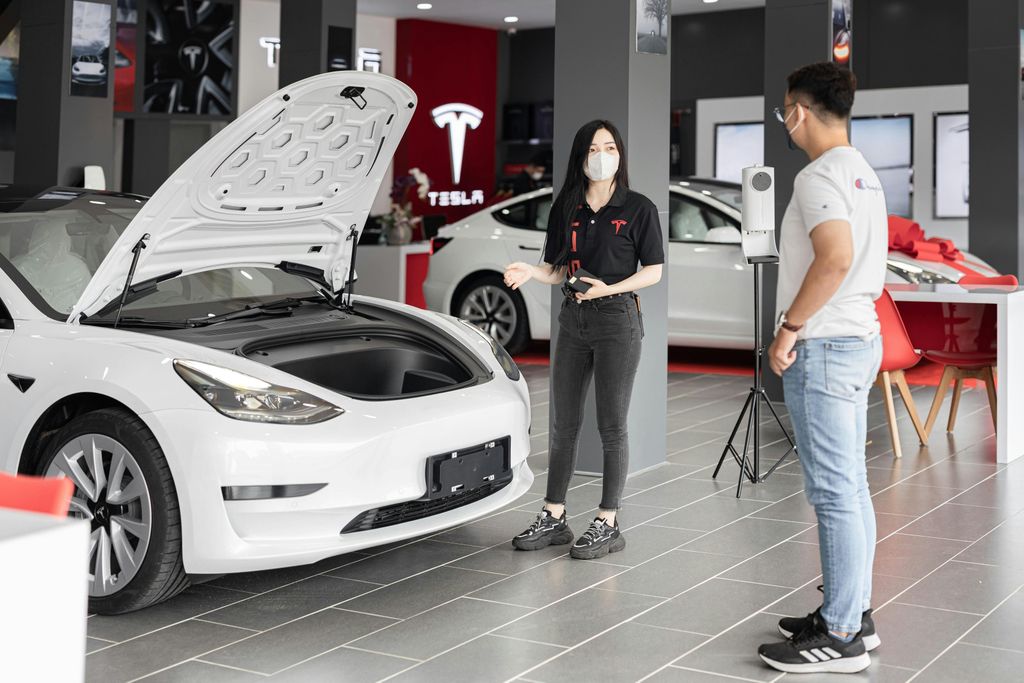
3. **High Dealership and Labor Premiums**
Directly linked to the need for highly skilled labor are the elevated rates charged by authorized dealerships and specialized service centers. Certified luxury technicians, by virtue of their advanced training and specific brand expertise, command premium hourly rates. These rates often start at $175 per hour or more, significantly higher than what one would expect to pay at a standard independent garage for a conventional vehicle.
This premium extends beyond just the technician’s hourly wage. Dealerships and authorized service centers also factor in overheads for maintaining state-of-the-art diagnostic equipment, specialized tools unique to each luxury brand, and pristine facilities. These operational costs are naturally passed on to the customer, making the average luxury car repair bill substantially higher than that for a regular sedan.
Furthermore, the intricate design of many luxury vehicles often makes repairs more labor-intensive. Components might be tightly packed or strategically placed, requiring extensive disassembly to access a faulty part. This added complexity directly translates to more hours spent on a repair, which, when combined with premium hourly rates, quickly escalates the total cost. Even routine maintenance tasks, such as oil changes and brake replacements, tend to cost more than average due to the specialized fluids, parts, and meticulous attention required.
Therefore, when budgeting for luxury car ownership, it’s crucial to anticipate these higher labor premiums. Whether it’s a major engine overhaul or a minor electrical fix, the combination of specialized expertise and the operational costs of a certified service center ensures that a significant portion of your repair bill will always be attributed to the premium placed on skilled labor and dealership services.
Read more about: Understanding Car Modifications: A Consumer’s Guide to Insurance, Resale Value, and Hidden Costs

4. **Cutting-Edge Advanced Technology Systems**
Luxury cars are synonymous with innovation, consistently pushing the boundaries of automotive technology. They are often the first to integrate the latest advancements in safety, performance, and convenience. While these cutting-edge advanced technology systems contribute immensely to an incredible driving experience, they also significantly add to the complexity and, consequently, the cost of repairs.
Modern luxury sedans are essentially computers on wheels, featuring sophisticated infotainment systems, adaptive cruise control, advanced driver-assistance systems (ADAS), and intricate automated functions. These include radar-based safety features, heads-up displays, and comprehensive multi-zone climate controls. The integration of such technology means that many components are interconnected and rely on complex software to function seamlessly.
When something goes wrong with these systems, particularly with electronics, the repair costs can quickly spiral into the thousands. Luxury car electronic repair costs, especially for issues concerning infotainment units, adaptive cruise control sensors, or electronic module errors—such as Mercedes ECU units which can cost over $2,000 to replace—are notoriously high. This is partly due to the expense of the components themselves and partly due to the specialized diagnostic tools and expertise required to troubleshoot them.
Consider the experience of a tech-savvy friend with a Tesla Model S. The car, a marvel of modern engineering with its massive touchscreen and autopilot capabilities, proved astronomically expensive to repair when something went wrong with its electronics. This was largely because only a handful of places were qualified to service such advanced, proprietary systems, demonstrating how innovation, while enhancing the driving experience, comes with a substantial repair price tag.
Read more about: The F-22 Raptor’s Resurgence: A Deep Dive into America’s Evolving Stealth Super Fighter
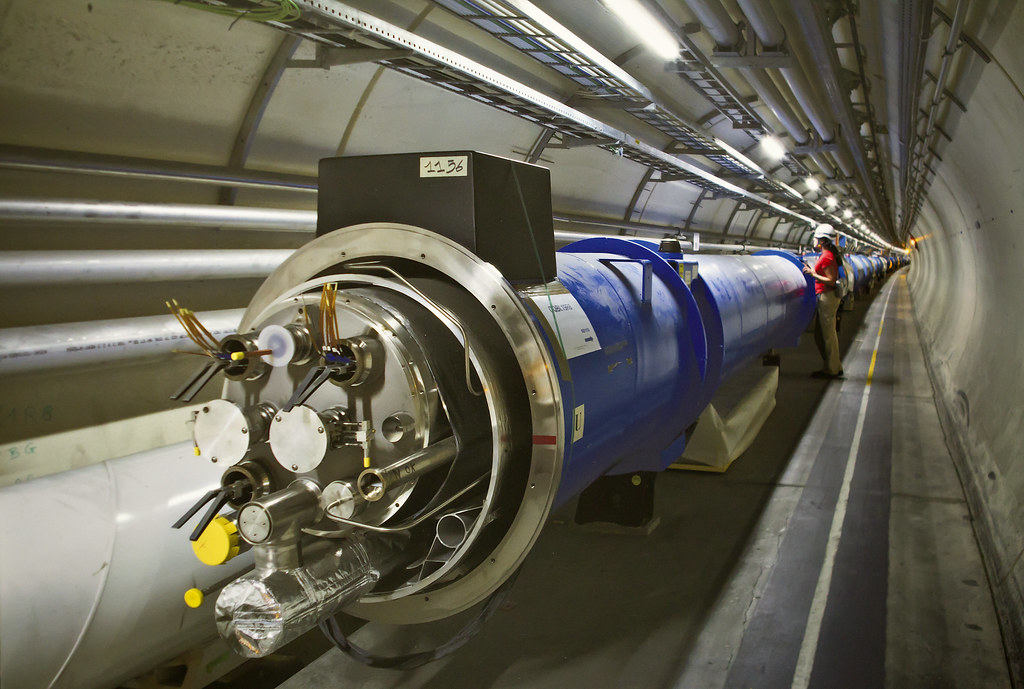
5. **Complex Engineering and Design**
Beyond individual advanced components, the overall complex engineering and design of luxury vehicles significantly contribute to their expensive repair costs. These cars are built with an intricate architecture, where systems are tightly integrated and often less accessible than in conventional vehicles. This inherent complexity makes diagnosing problems and performing repairs more labor-intensive and time-consuming.
For instance, the BMW 7 Series, a paradigm of luxury sedans, boasts complex engineering that translates directly into high repair costs, particularly for its air suspension and electronics. Similarly, Audi’s engines are known to be tightly packed, which, while efficient for design, makes many repairs labor-intensive. Mechanics often need to remove multiple components just to access a single faulty part, increasing the labor hours required for even a seemingly straightforward fix.
Vehicles like the Bentley Continental GT exemplify this further. The complexity of its engineering, especially involving its twin-turbocharged W12 engine, leads to significant labor costs for any maintenance or repair work. The intricate design often requires expert attention and meticulous care, adding layers of complexity to the repair process that are not typically found in more conventional automobiles.
This sophisticated engineering aims to deliver superior performance, comfort, and safety. However, the downside is that when components within these intricate systems fail, the work involved in identifying the problem and then meticulously disassembling and reassembling the vehicle is substantial. This intricate design philosophy means that a luxury car is a finely tuned machine where every element plays a critical role, and rectifying any imbalance demands profound technical understanding and patience.
Read more about: Rev Up Your Restoration: The Ultimate Guide to the Best Free Online Forums for Classic Car Enthusiasts

6. **Limited Availability of Replacement Parts**
Another significant hurdle, and a major cost driver, for luxury car owners is the limited availability of replacement parts. Because these high-end vehicles are often produced in smaller quantities compared to mass-market models, the supply chain for their specific components is naturally more restricted. This scarcity directly impacts both the price and the convenience of repairs.
Finding the right parts for a luxury vehicle can be a difficult and time-consuming endeavor. Many replacement parts are not readily stocked in domestic markets and frequently need to be shipped from overseas. This logistical challenge not only drives up the cost of the parts themselves due to shipping and import duties but also leads to extended repair times, which is an added inconvenience and often a source of frustration for owners.
For example, a neighbor who owned a rare Jaguar once faced a prolonged wait of several weeks for a specific part to be delivered internationally. During this period, his car remained in the shop, accumulating storage fees and leaving him without his primary mode of transport. This experience vividly illustrates the downside of owning something so exclusive, where the desire for uniqueness can inadvertently lead to significant practical and financial burdens.
This limited availability also means that there is less competition among suppliers, allowing manufacturers and authorized distributors to set premium prices for their exclusive components. Without a robust aftermarket for many specialized luxury car parts, owners are often left with no alternative but to pay the elevated prices dictated by the scarcity and the specific sourcing requirements, ensuring that every replacement comes at a significant premium.
Read more about: Diesel Durability Unveiled: 10 Engines That Redefine Longevity — And Those That Don’t

7. **High Insurance Premiums**
Beyond the direct costs of parts and labor, owning a luxury sedan introduces another significant financial consideration: elevated insurance premiums. Because these vehicles are inherently more expensive to repair and replace, insurance providers factor in a higher risk profile when calculating coverage costs. The advanced components, specialized materials, and intricate systems discussed previously all contribute to the potential for high-cost claims, directly impacting how much you’ll pay to keep your vehicle protected on the road.
This isn’t just about the initial price tag of the car; it’s a continuous financial commitment tied directly to the vehicle’s repair cost profile. If a luxury car is involved in an accident, the repair bill can quickly escalate, demanding expensive proprietary parts and specialized labor. This reality means insurance companies must account for potentially larger payouts, translating into substantially higher monthly or annual premiums for owners of models like a BMW 7 Series or a Mercedes-Benz S-Class.
Consider the experience of a family member with a Porsche. They quickly learned that insurance premiums were much higher than what they had been paying for their previous, more conventional car. After a minor accident, the repair costs were so substantial that the insurance company seriously considered totaling the vehicle, illustrating just how quickly minor incidents can turn into major financial liabilities for insurers, and by extension, for the policyholder.
Therefore, when evaluating the total cost of luxury car ownership, it’s imperative not to overlook the ongoing expense of insurance. It’s a critical component of the overall financial burden, reflecting the cumulative risks and costs associated with maintaining and repairing these high-end machines, ensuring peace of mind comes at a premium.
Read more about: Drove it Regretted it: 12 Compact Models That Made Owners Question Their Judgment on the First Commute.

8. **Advanced Diagnostic Requirements**
Modern luxury vehicles are often described as sophisticated computers on wheels, a testament to their integration of complex electronic and software systems. This technological marvel, however, comes with a caveat when it’s time for diagnostics and repairs. Identifying the root cause of an issue in such a tightly integrated system requires far more than a basic code reader or a general mechanic’s intuition; it demands specialized diagnostic equipment, proprietary software, and an unparalleled level of expertise.
These advanced diagnostic tools are often exclusive to authorized dealerships and certified luxury service centers. They are capable of communicating with every module and sensor in the vehicle, pinpointing issues with incredible precision. The process itself is labor-intensive and time-consuming, necessitating highly trained technicians who understand the intricate interplay of electronic, hydraulic, and pneumatic systems unique to each luxury brand. This level of advanced analysis means that diagnostic testing alone can frequently cost between $250 and $500 at a dealership, a significant expense even before any actual repair work begins.
Furthermore, a misdiagnosis due to a lack of specialized equipment or expertise can lead to further, more expensive problems down the line. General auto mechanics, without the specific training and tools, might only be able to address surface-level symptoms, potentially overlooking deeper, interconnected issues. This inherent complexity in troubleshooting solidifies the need for certified specialists, whose services, and thus their diagnostic charges, naturally come at a premium.
This meticulous and costly diagnostic process is a direct financial driver, ensuring that owners aren’t just paying for parts and labor, but also for the highly specialized intelligence required to accurately identify and address problems within these intricate automotive ecosystems.
Read more about: Diesel Durability Unveiled: 10 Engines That Redefine Longevity — And Those That Don’t
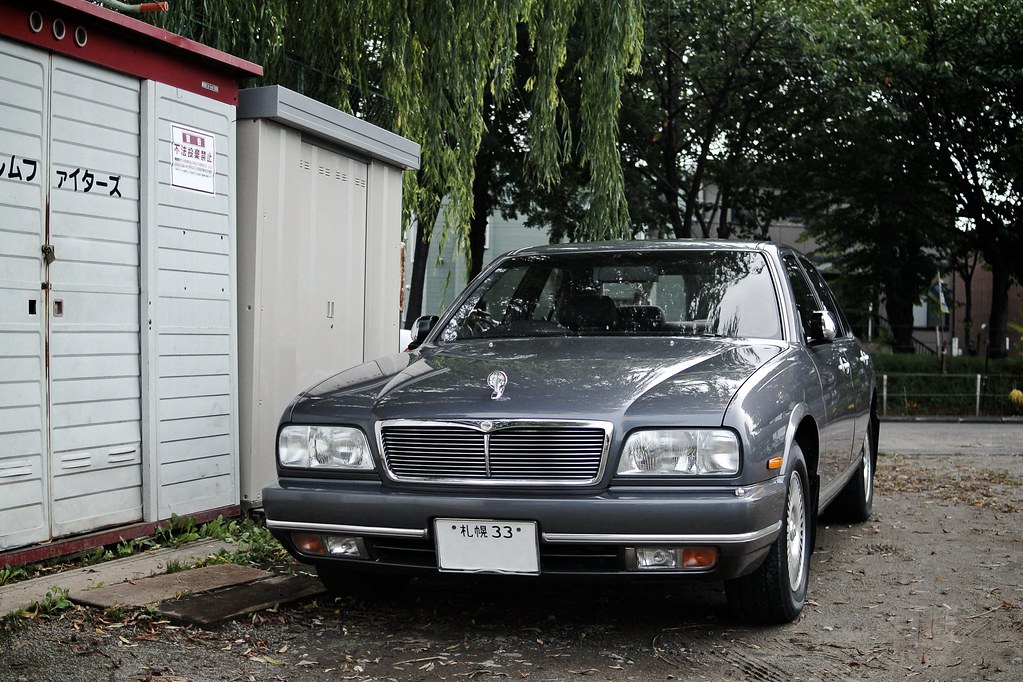
9. **Overall Reliability Concerns & Frequent Breakdowns**
While luxury cars promise an exceptional driving experience, the reality for many owners includes grappling with frequent reliability issues and unexpected breakdowns. Despite the precision engineering and high-quality materials, some luxury brands, particularly as they age, become notorious for a higher incidence of mechanical and electronic failures than their mass-market counterparts. This tendency for recurring problems significantly contributes to the escalating cost of ownership.
Various luxury models are known for specific, recurring weaknesses that translate directly into substantial repair bills. The context highlights several common luxury car problems that frequently hit owners’ wallets hard. These include turbocharger or supercharger failures, often seen in high-performance engines like those in BMW M-series or Audi S-line models, which can be astronomically expensive to rectify due to their complexity and specialized nature.
Other pervasive issues include air suspension leaks, a common complaint in models like Range Rover and Mercedes-Benz S-Class vehicles, which can cost thousands to fix per corner. Infotainment or display failures, particularly in systems like Lexus and Cadillac CUE, also frequently crop up, leading to costly electronic repairs. Furthermore, oil leaks and valve cover gasket failures, alongside electronic module errors—such as Mercedes ECU units which can cost over $2,000 to replace—are not rare occurrences.
These types of major vehicle repairs aren’t just isolated incidents; they are common luxury car problems that underscore why so many owners ponder, ‘Are luxury cars expensive to maintain?’ The short answer, as these widespread issues demonstrate, is unequivocally yes. This inherent susceptibility to certain failures ensures a continuous stream of maintenance and repair demands, consistently driving up annual ownership costs.
Read more about: Drove it Regretted it: 12 Compact Models That Made Owners Question Their Judgment on the First Commute.

10. **Exorbitant Costs of Major Component Failures**
Beyond routine maintenance and common, albeit expensive, component failures, luxury sedans are also susceptible to catastrophic breakdowns of major systems, which incur truly exorbitant repair costs. These are the ‘big ticket’ items that can easily turn a cherished investment into a financial nightmare, often necessitating thousands, or even tens of thousands, of dollars in out-of-pocket expenses if not covered by a warranty.
The engine, the heart of any vehicle, is a prime example. Engine repair costs for luxury models can range from $6,000 to over $12,000, reflecting the intricate design, advanced materials, and specialized labor required for overhaul or replacement. Similarly, transmission replacement costs for luxury sedans can hover between $5,000 and $9,000 or more, especially for the sophisticated multi-speed automatic or dual-clutch systems that provide the seamless power delivery expected in these high-end cars.
For luxury hybrid vehicles, the hybrid battery replacement cost is another significant financial burden, often ranging from $4,000 to $9,000 depending on its age and availability. This particular expense highlights the cutting-edge, yet costly, nature of advanced powertrains. Even sophisticated comfort features, such as air suspension systems, while enhancing ride quality, can lead to air suspension repair costs of $2,000 to $6,000, underscoring the premium associated with specialized components.
These monumental repair figures are a direct consequence of the unique engineering, bespoke parts, and specialized expertise required. When these core systems fail, owners face bills that dwarf typical repair costs for conventional vehicles, making preparedness for such eventualities a crucial aspect of luxury car ownership. Without adequate protection, these costs land squarely on the owner, often at a moment’s notice.
Read more about: Diesel Durability Unveiled: 10 Engines That Redefine Longevity — And Those That Don’t

11. **Specialized Fluids and Maintenance Schedule Costs**
The financial commitment of owning a luxury sedan extends beyond just fixing what’s broken; it also encompasses the premium cost of routine maintenance, largely driven by the necessity for specialized fluids and adherence to a rigorous schedule. Unlike standard vehicles that might be forgiving with generic oils or extended service intervals, luxury cars demand specific, high-performance consumables and meticulous adherence to manufacturer-prescribed maintenance plans.
Luxury vehicles utilize specialized formulations for engine oils, transmission fluids, coolants, and even brake fluids. These fluids are engineered to meet the exact specifications of high-performance engines and complex hydraulic systems, ensuring optimal lubrication, heat dissipation, and overall system integrity. Using substandard or incorrect fluids can lead to premature wear and potentially catastrophic failures, making the premium price for these specialized consumables a non-negotiable expense.
Furthermore, the maintenance schedules for luxury sedans are often more frequent and comprehensive. Regular tasks like oil changes and brake replacements tend to cost more than average due to the specialized fluids, premium parts, and meticulous attention required by certified technicians. For instance, sophisticated brake systems, which offer superior stopping power, often require specialized pads and rotors that are significantly more expensive than those for a conventional car, along with the precise calibration of associated electronic systems.
Staying on top of this luxury car maintenance schedule is key to preventing larger, more expensive repairs in the long run. While it represents an ongoing investment, these proactive measures, from using the correct specialized fluids to performing timely services, are crucial for preserving the vehicle’s performance, longevity, and overall value, albeit at a notably higher recurrent cost.
Read more about: Solar’s Ascent: How Innovation and Accessibility Are Powering a New Era of Affordable Energy
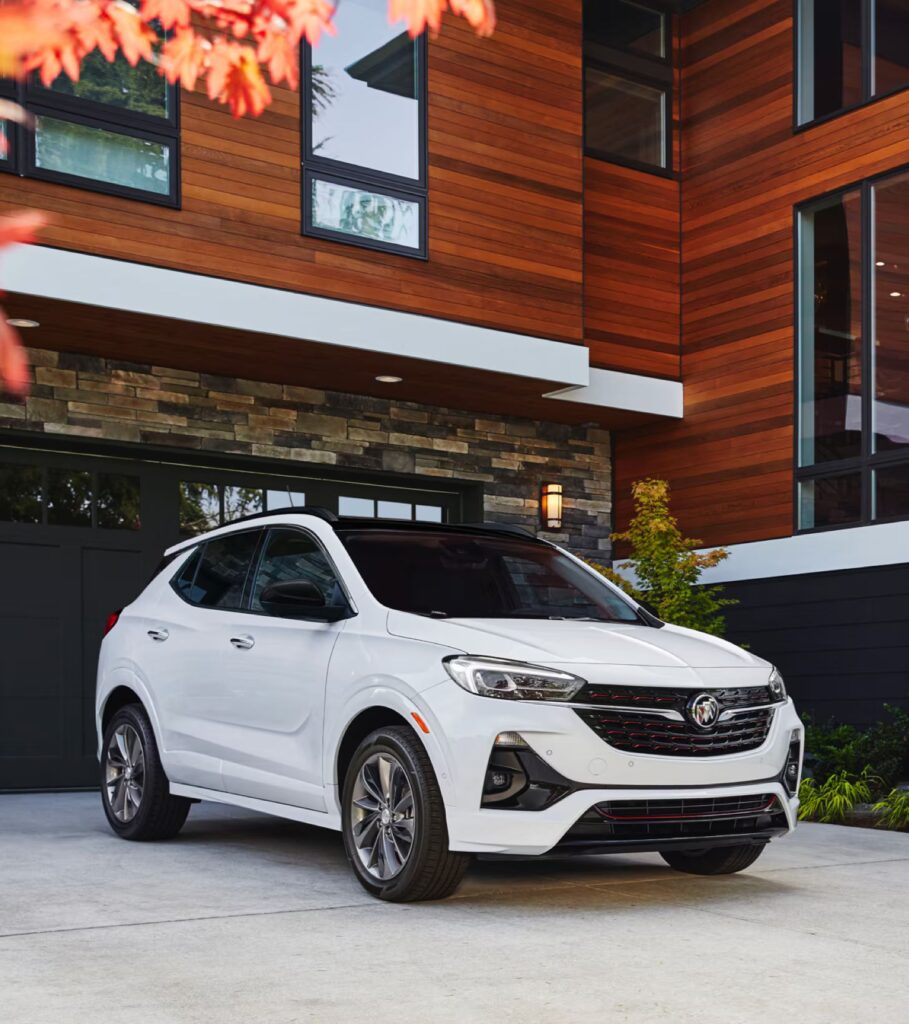
12. **The Strategic Choice: Aftermarket vs. OEM Parts**
When faced with repairs, luxury car owners often confront a critical decision that significantly impacts their overall expenditure: whether to use Original Equipment Manufacturer (OEM) parts or explore aftermarket alternatives. This strategic choice is a key financial driver, directly influencing both the immediate repair bill and the long-term reliability of the vehicle. Understanding the implications of each option is vital for informed ownership.
OEM parts are identical to those installed during the vehicle’s assembly, supplied directly by the manufacturer or their authorized vendors. They guarantee a perfect fit, optimal performance, and often come with a manufacturer’s warranty, preserving the vehicle’s original specifications and integrity. However, this assurance of quality and perfect compatibility comes at a premium, with OEM luxury car parts costs frequently double or triple the price of components for a standard vehicle.
Aftermarket parts, conversely, are produced by independent companies and are designed to be compatible with various vehicle makes and models. They can offer a more budget-friendly alternative, potentially reducing repair costs. However, the quality and fit of aftermarket parts can vary significantly. While some high-quality aftermarket components can offer comparable performance and reliability, others might not meet the stringent standards of luxury vehicle engineering, potentially leading to compromised performance or even future issues.
The context wisely advises owners to “Use aftermarket vs OEM luxury car parts strategically (depending on reliability and cost).” This means carefully evaluating the part in question: for critical components like engine or transmission parts, OEM might be the only sensible choice. For less critical items, a reputable aftermarket option could provide a viable cost saving. This strategic decision-making directly impacts the luxury car repair costs, allowing owners some degree of control over their expenses, albeit with careful consideration of the trade-offs involved.
**Final Thoughts: Navigating the True Cost of Luxury**
Owning a luxury car is undeniably an experience marked by unparalleled performance, comfort, and prestige. It represents the pinnacle of automotive aspiration, a testament to precision engineering and cutting-edge design. However, as we’ve meticulously explored throughout this comprehensive article, the journey of luxury car ownership extends far beyond the initial purchase, demanding a profound understanding of the substantial financial commitment involved in its upkeep.
From the unique challenges posed by specialized and proprietary parts to the imperative for highly skilled labor, the intricate dance of advanced technology, and the pervasive impact of reliability concerns, every facet of luxury car maintenance and repair commands a premium. The elevated costs of insurance premiums, the painstaking requirements for advanced diagnostics, and the truly exorbitant bills for major component failures further underscore this reality. Even the routine, through specialized fluids and stringent maintenance schedules, contributes significantly to the overall financial outlay.
Ultimately, understanding these twelve common reasons why luxury sedans need expensive repairs isn’t about dissuading the dream, but rather about empowering you with the knowledge to make informed decisions. Being prepared for these inevitable costs is paramount. For those seeking a smarter path to peace of mind car ownership, a luxury vehicle service contract can offer invaluable protection against the unpredictable nature of high-end vehicle repairs. It allows you to savor the exceptional driving experience without the constant worry of what might be lurking under the hood, ensuring your investment remains a source of joy, not financial burden. Enjoy the ride, knowing you’re protected and prepared for the true cost of luxury.



